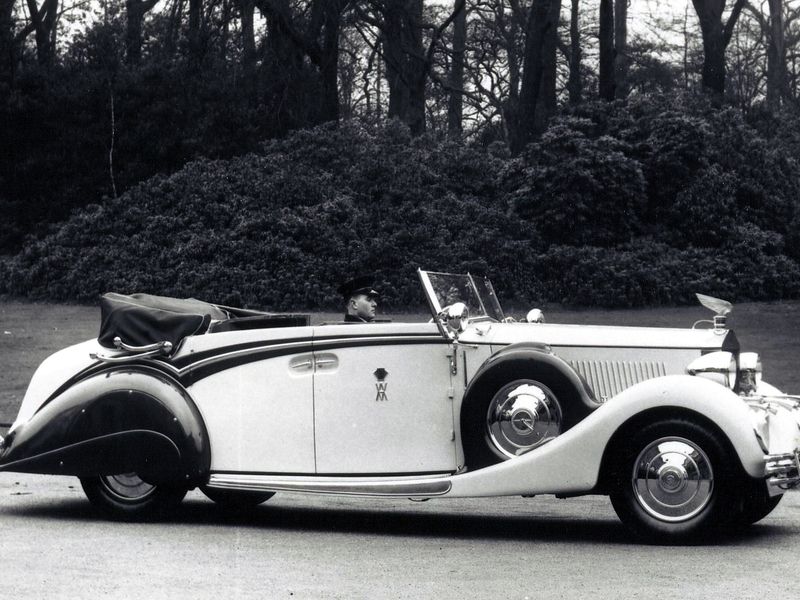
René Lalique, a French glass artist and jeweler who created some of the most coveted automobile mascots — initially known as radiator caps but commonly referred to as hood ornaments today — dies May 9, 1945, at age 85.
The internal-combustion engines used in early automobiles resulted in the need for radiators to cool them, featuring caps that were visible above the engine hood. Automakers often displayed their emblems, or mascots, on radiator caps.
Small metal sculptures began to widely supplant thermometers and safety valves atop radiators in the 1920s, when the auto industry was just several decades old. Rolls-Royce’ Spirit of Ecstasy, also known as the Flying Lady, debuted in 1911, becoming perhaps the most famous of all mascots.
Over time, affluent car owners often personalized the family car with favorite designs fabricated from metal.
Lalique, who worked in ivory, wood, semiprecious stones and enamel, was already a well-known, entrepreneurial jeweler when he began to woo wealthy automobile owners. His novel designs first gained acclaim at the Paris Universal Exposition in 1900. Emile Gallé — the famous French glassmaker, ceramist and cabinetmaker — once called him “the inventor of modern jewelery.” Others called Lalique a glass poet.
He created gift plates for the winners of the Targa Florio automobile endurance races starting in 1906. Soon he was adapting some of the imagery of his 250 perfume bottles and paperweights into mascots to slot above radiators. His glass works embraced and helped form the stylistic transition between art nouveau and art deco which dominated design in the 1920s and 1930s.
Lalique’s earliest mascot was Sirène, or mermaid, originally released in 1920 as a statuette. The statuettes were often reused to create automobile mascots, bookends and paperweights.
Auto mascots gained wider notice in 1925 at the art deco exposition in Paris. André Citroen, a French industrialist and the founder of Citroen, was a supporter of the exposition and used the event to introduce a new version of the 5CV car, also known as the Cinq Chevaux (five horses). He commissioned a special mascot from Lalique comprised of five prancing steeds.
The success of the Citroen mascot exposed Lalique’s talents to a wider audience. Over the next seven years, he created 27 automotive mascots — symbols of speed, energy, motion, religion, individuality, nature and human sensuality and sexuality. Among them were animals and sirens — even more mermaids.
The glass ornaments varied from clear to frosted to tinted to satin. Many were fitted with internal electric lighting.
Today, they are highly sought after by collectors and command increasingly high prices at auction.
Lalique’s largest and most famous mascot is Victoire (spirit of the wind), which debuted in 1928 on a Minerva automobile at the Paris Motor Salon.